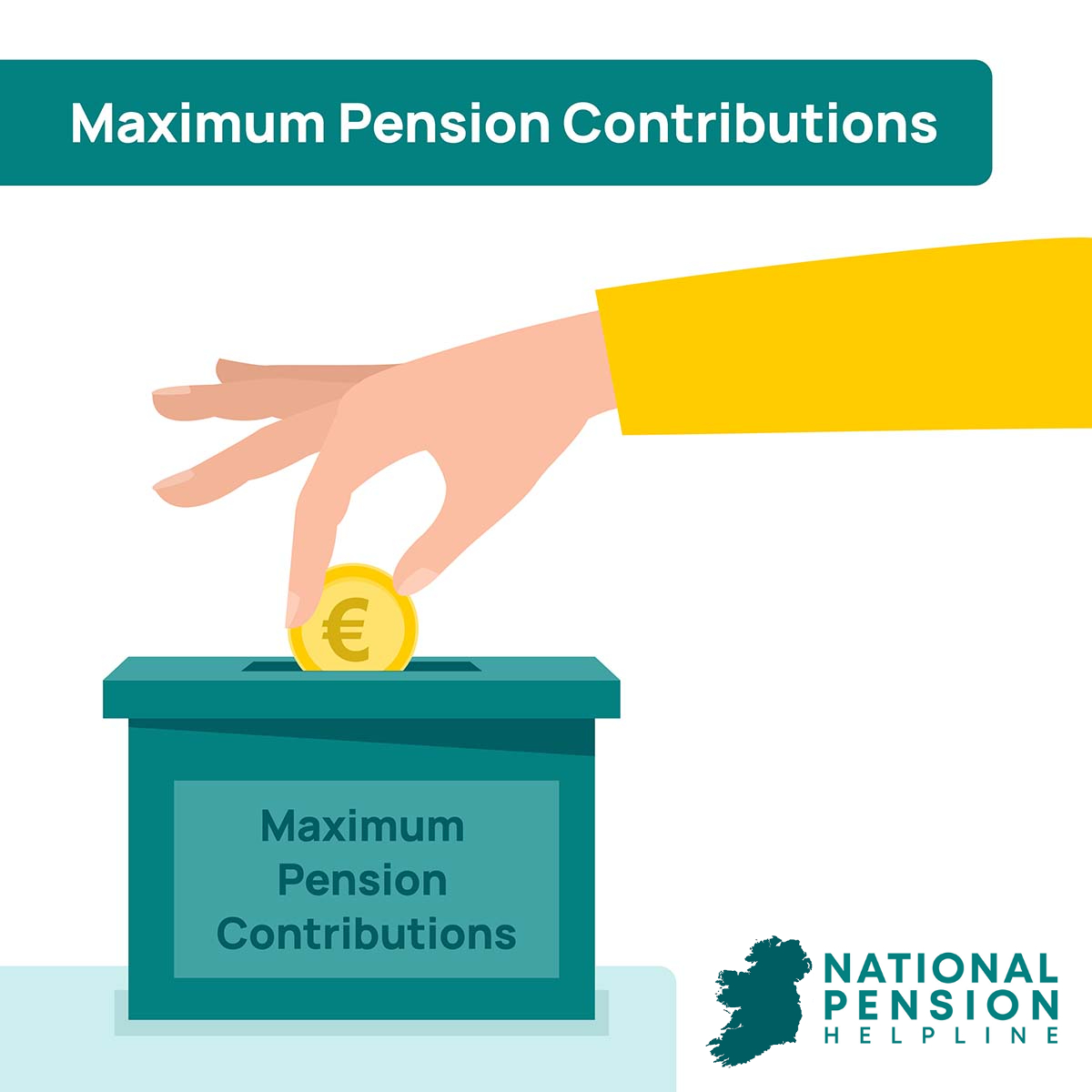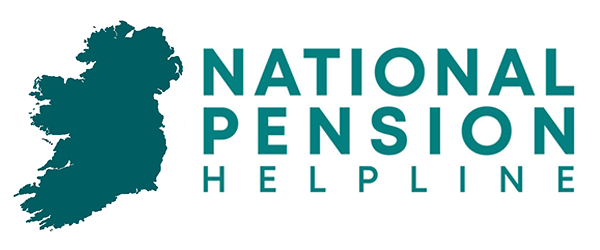The Irish State pension, at around €15,000 per year, is often insufficient for people to maintain the same standard of living when they retire. For this reason, many decide to increase the amount they will receive in retirement by contributing a percentage of their salary to a pension fund.
To encourage as many people as possible to save for their retirement, the Irish government offers tax relief on pension contributions. The percentage of your earnings that qualify for tax relief depends on your age and an earnings threshold.
What are maximum pension contributions in Ireland?
There is technically no limit to the amount you can contribute to your pension in Ireland – but there are limits to the percentage of your income you can contribute that qualifies for tax relief.
What people usually mean by “maximum pension contributions” is how much of their earnings they can put towards their pension that qualifies for tax relief.
The percentage of your earnings eligible for pension tax relief is determined by your age bracket.
Essentially, the older you are, the more of your salary you can contribute, as you are closer to retirement age. The table below outlines these age groups, and the maximum percentage of one’s salary that qualifies for pension contribution tax relief.
| Age | Max percentage that qualifies for tax relief |
| Under 30 | 15% |
| 30 – 39 | 20% |
| 40 – 49 | 25% |
| 50 – 54 | 30% |
| 55 – 59 | 35% |
| 60 + | 40% |
Earnings Threshold
The second limit to how much of your salary you can contribute to your pension with tax relief is the income threshold of €115,000 per annum.
This doesn’t mean that those who earn over €115,000 can’t make further contributions, however. Rather, this threshold is the maximum amount that qualifies for tax relief. This limit applies whether you invest in one or more pension plans.
Maximum Pension Contribution Examples
John is 39 years old with an annual salary of €44,000
John falls under the second age category of 30 to 39, and is able to receive tax relief on 20% of his earnings that she contributes towards his pension.
If he chooses to contribute this amount, he can claim tax relief on €8,800 if invested in a private pension fund. From next year when he turns 40, the percentage he can contribute rises to 25% (€11,000).
Anne is 63 years old earning €120,000 per year
Anne is in the highest age bracket of 60 to 63 years, meaning that she can contribute a maximum of 40% towards her pension with tax relief. However, because her salary is over the earnings threshold, she cannot receive 40% of her salary.
Anne can get tax relief of 40% on €115,000 – which is €46,000. As employer contributions are not affected by the threshold, Anne’s employer may match a certain percentage of her contribution on top of the €46,000 she is investing.
Employer Pension Contributions
Contributions can be made by employees alone or by both employees and employers. Very often if a pension is set up by a company and offered to its employees, the company will also make a matching payment into the employee’s fund. However, there is no legal obligation for employers to make contributions to their employee’s pension scheme.
Employer contributions are no longer included in your maximum contribution threshold, meaning you can exceed your age related pension contribution threshold through employer contributions.
PRSA Contribution “Loophole” for Company Directors
Directors and self-employed individuals often use a PRSA (Personal Retirement Savings Account), which has a contribution limit of 100% of your annual salary. This makes them highly tax-efficient ways of withdrawing cash from your business.
Claiming Tax Relief on Pension Contributions
If you are a Pay As You Earn (PAYE) worker, i.e. a public or private sector employee, your employer usually deducts your contributions directly from your salary, giving you whatever tax relief you are due. If your employer does not deduct the contributions, you can claim the tax relief in the myAccount section of revenue.ie.
Those who are self-employed should sign in to the Revenue Online Service to avail of any tax relief they are entitled to.
While trying to contribute as much as possible is desirable, deciding the percentage of your wages that you contribute is an important decision. Using our free maximum pension contributions calculator can help you make the right decision.
FAQs
Speak to a Financial Advisor today
If you have any questions regarding your pension or pension contributions, fill out our assessment below and a trusted financial advisor will be in touch with you to discuss your situation.


